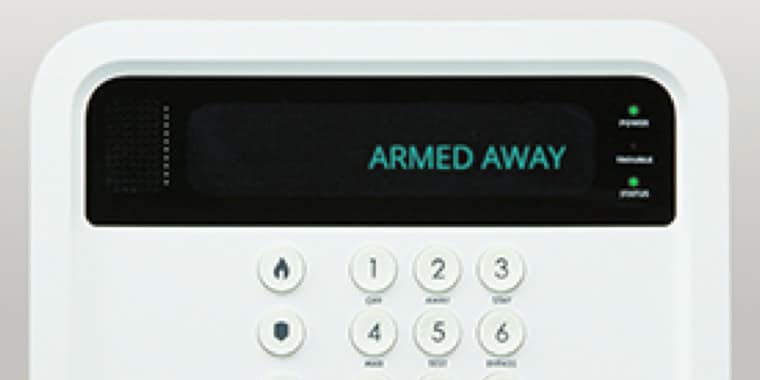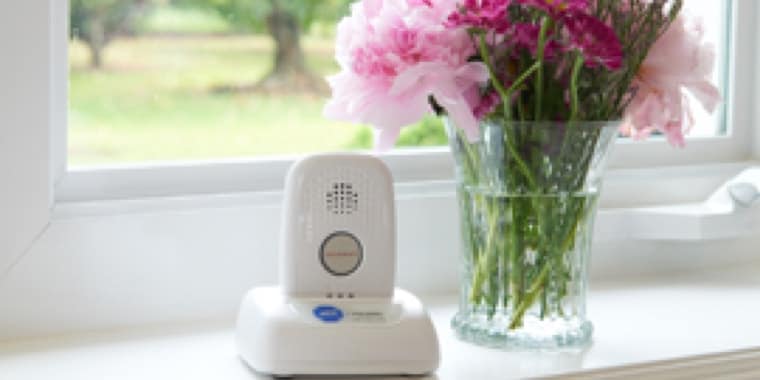Whether you’re raising a rambunctious teen or a restless newborn, keeping your child safe is always a top priority. It can also feel overwhelming at times—from allergies to bullies, the world offers plenty of problems for parents to worry about. To save you some stress, we’ve compiled a list of the top child safety tips for parents. It’s impossible to protect your child from everything, but we’re here to help you try.
Baby Safety
Bringing a new baby home is both exciting and stressful. By taking early steps to prepare your home (and your head), you can welcome your infant into a safe and secure environment.
Take a new parent course at your local hospital or community resource center. You’ll learn the basics of caring for a baby, including proper neck/head support, how to change a diaper and other information on ensuring your infant’s health.
Talk to your doctor about allergy testing, which can help identify your infant’s allergies before they pose a problem.
Prepare your home by locking away toxins (e.g. medicine, cleaning supplies), closing off dangerous areas (e.g. stairs, pool areas) and neutralizing smaller hazards (e.g. putting away choking hazards, placing edge-guards on tables, using outlet covers).
Practice car safety. Never leave your baby unattended in the car, and always use a secure car seat.
Child Safety
As your child approaches school age, begin to teach him/her the basics of personal safety. Kids become more exploratory, active and curious as they grow, which can make them more prone to mistakes and boo-boo’s, but also prone to fun! Help them learn to make smart choices so they can stay safe and you can stay calm.
Teach your child how to dial 911 and when to correctly use emergency resources. Write down emergency contact information and place it in an accessible spot, like the fridge door. Make sure your child can spell his/her name and knows your home address.
Enroll your child in local swim lessons. Drowning is one of the leading causes of child and infant deaths, but teaching kids to stay afloat can make a world of difference. This can also make trips to the pool and beach less stressful!
Don’t let your child open the door for strangers and teach them what to do in dangerous scenarios (yes, outdoor-voice screaming is okay!). Make sure your child knows to stay put if he/she ever gets lost and who can be approached for help (e.g. store employees, women with children, security officers).
Be cautious of animals and environmental hazards. The neighbor’s friendly dog may still bite a curious visitor. To help your child enjoy the outdoors safely, make sure he/she uses bug spray and sunscreen as needed, and is always supervised by a trusted adult.
Keep your child prepared for sports with the right gear. If shin guards and helmets are out of your budget, talk to a school coach about borrowing gear or visit a local sporting equipment resale store.
Continue to practice basic home safety. Show your child how to use the home security system, how to respond to fires and where to go if he/she needs to escape (e.g. a neighbor’s house).
Continue basic car safety, too. Never leave your child unattended in the car, and always use a secure car seat and/or seat belt.
Pre-Teen/Teen Safety
As your child matures, safety can become a more complicated subject. Pre-teens and teens know to only place electrical plugs—not forks—into electrical outlets, but they may not know how to handle a friend’s depression, a bully or pressuring situations. By continuing personal safety conversations into your child’s teen and young adult years, you can help support his/her mental development and lifelong well-being.
Talk to your pre-teen about alcohol, smoking, drugs and addictive habits. Discuss how harmful substances can negatively affect their health and relationships.
Teach your teen to say no. Whether its having a drink at a party, playing a prank on a peer, joining a new club or even accepting a prom invitation, everyone is allowed to say no, even if they feel pressured to say yes.
Discuss internet safety. What accounts are okay to create? What websites are safe to visit? Why should you never share your passwords? The internet can pose plenty of threats, but if used correctly, it can be a great tool for research and connection.
Make mental health a priority. Stay aware of your teen’s emotions and behavior—if something seems abnormal, don’t ignore it.
Keep yourself open to discussing sensitive subjects. Let your teen know that you are a resource, and that he/she can always approach you with tough questions and situations without fear of judgement. Whether there’s an issue at school, with a friend or even at home, your child should always feel comfortable coming to you for help.
One last time, let’s hear it for car safety! Now that your teen is preparing to drive, discuss the serious harms of driving under the influence or driving while texting, the basics of driver awareness, and, of course, the importance of the seat belt. The ADT SoSecure app can help parents keep tabs on their new driver, and features helpful tools like SOS Emergency Response and Crash Detection.
Keeping your child safe can feel overwhelming at times, but don’t worry—it’s easier than it sounds! For more information on child safety at home and on the go, explore all the safety and security resources from ADT.





